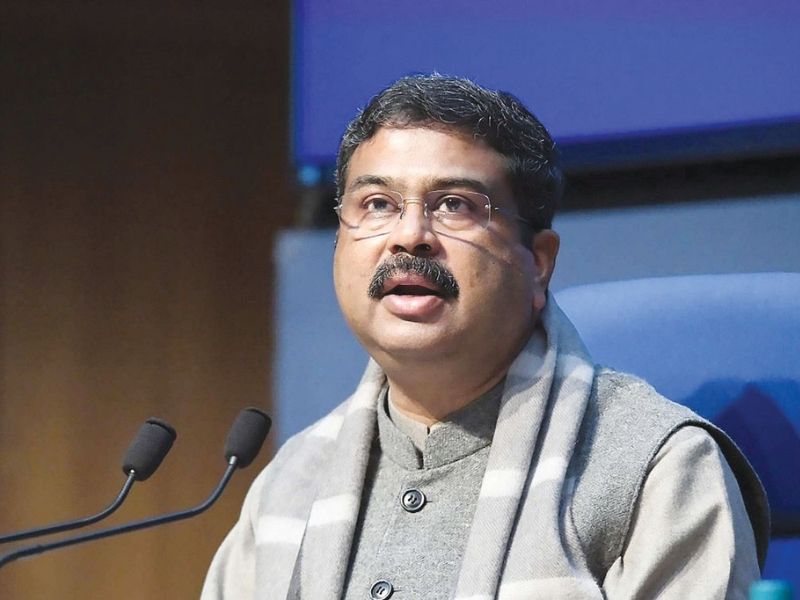Autar Nehru The reconstitution of the union council of ministers on July 7 witnessed the induction of 36 new ministers and 12, including several party heavyweights, dropped, taking the effective strength of the council to 78, just three short of the maximum permitted 81. In this reshuffle, both Union ministers of education (Ramesh Pokhriyal and junior minister Sanjay Dhotre) lost their jobs. A new team headed by Dharmendra Pradhan has been entrusted with the tricky job of giving Indian education a makeover by implementing the new National Education Policy (NEP), 2020 presented to the nation by Pokhriyal on July 29 last year. Besides, Pradhan, promoted from the Union ministry of petroleum and natural gas and steel, there are three ministers of state for education. Moreover, Pradhan has also been allocated the skills education ministry making him the first education-cum-skills minister of the country. An anthropology graduate of Utkal University, Odisha, Pradhan, a former national secretary of ABVP — the students’ wing of the BJP — and a former president of Bharatiya Janata Yuva Morcha (BJP youth wing), has emerged as an important next generation leader of the ruling party at the Centre. The education ministers of state are Rajkumar Ranjan Singh from a royal clan of Manipur, an educationist who worked for unity among the various tribes in the state; Annapurna Devi, former minister of women and child development of the Jharkhand state government and Dr. Subhas Sarkar, a gynaecologist and important leader of the West Bengal unit of the BJP, which although it failed to oust Mamata Banerjee and the TMC government in the recently concluded legislative assembly election, has emerged as the largest opposition party in the state. This strong team replaces a ministry headed by Hindi pulp fiction writer Pokhriyal, who during his two-year term proved an embarrassment for the BJP and the country. During his tenure as education minister, he conspicuously failed to get any allocation for education from the prime minister’s reportedly Rs.20,000 crore pandemic relief package, or any from finance minister Nirmala Sitharaman’s subsequent piece-meal relief packages. Totally ignorant of Inglish, the link language of India, by insisting on Hindi as the lingua franca of the ministry, he antagonised non-Hindi speaking bureaucrats from southern states working in the ministry. Moreover, he embarrassed the government and academia by holding forth on mythical scientific achievements of ancient India in national and foreign forums (see p.82). Intellectually ill-equipped and indecisive, he presided over the longest total shutdown of all schools, colleges, universities and education institutes (because of the Covid pandemic) in Indian history during his two-year term in Shastri Bhavan, Delhi. “Ever since the days of Kapil Sibal, Union education ministers have behaved as if they are ‘higher education’ ministers. An obsession with IITs, IIMs, Central universities, institutions of national importance, and on entrance tests to the coveted medical, engineering and management institutions has preoccupied the ministry for well over a decade… School education, increasingly on the fringe of policy attention, has slipped further from public discourse.…
Delhi: Modest new hopes

Centra plans to set up 'PM Shri' schools